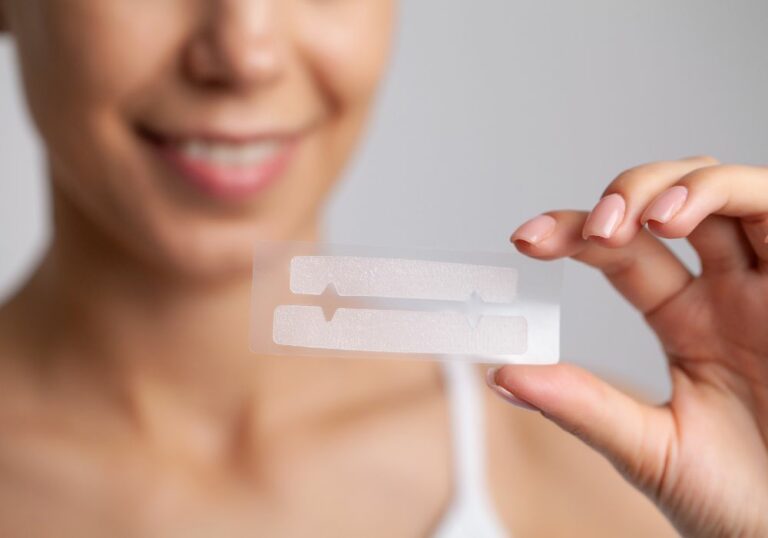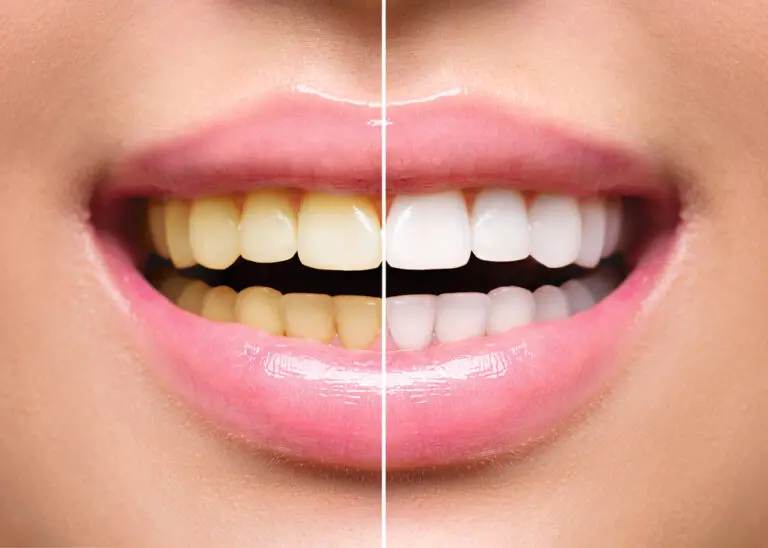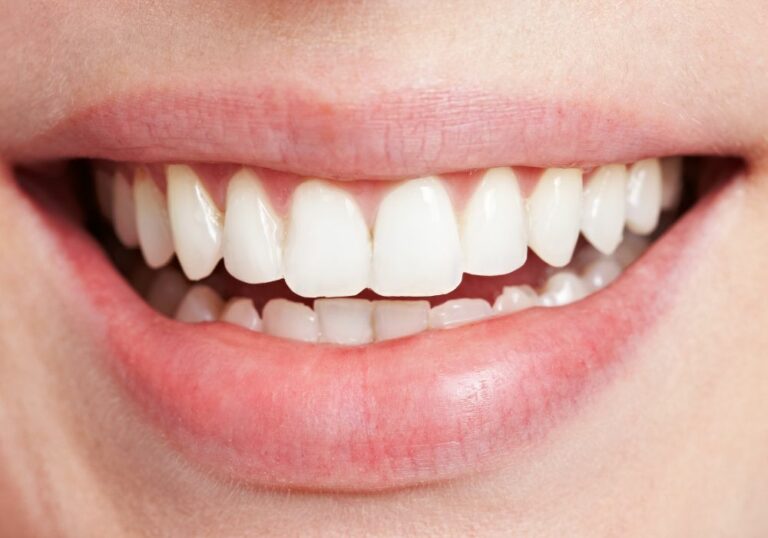When your baby is two months old, you may not expect them to start teething. However, some babies do experience teething symptoms at this age. Teething can be a challenging time for both you and your baby, but there are things you can do to help ease their discomfort.
One of the most common signs of teething in a two-month-old is excessive drooling. Your baby may also become more irritable than usual and have trouble sleeping. They may also start biting and chewing on things more frequently. It’s essential to be aware of these signs and take action to help your baby feel more comfortable.
Understanding Infant Teething
Teething is an essential developmental milestone in infants that starts around 6 months of age. It is a process of tooth eruption, where the baby’s teeth start to come through the gum line. Although the timing of teething varies, most babies start teething between 4 and 7 months of age.
During teething, infants may experience discomfort and pain, which can make them fussy and irritable. They may also have other symptoms like drooling, swollen gums, and difficulty sleeping. It is essential to understand the signs of teething to help soothe your baby and make the process more comfortable.
Here are some common signs of teething in babies:
- Increased drooling
- Chewing and gnawing on objects
- Irritability and fussiness
- Swollen and tender gums
- Difficulty sleeping
- Loss of appetite
- Mild fever
It is important to note that not all babies experience teething symptoms, and some may have only a few. However, if your baby seems to be in a lot of pain or discomfort, you should consult your pediatrician.
Teething can be a challenging time for both babies and parents, but there are several things you can do to help ease your baby’s discomfort. In the next section, we will discuss some tips and remedies to soothe your teething baby.
Signs Your Baby is Teething

Teething can be a challenging time for both babies and parents. It is essential to understand the signs of teething to help your baby feel comfortable during this time. Here are some common signs that your baby is teething:
Increased Drooling
One of the most noticeable signs of teething is increased drooling. Your baby may drool more than usual, which can cause a rash on their face and chin. To prevent a rash, you can use a soft cloth to wipe your baby’s face and chin regularly.
Chewing on Objects
Another sign of teething is when your baby starts to chew on objects. This is because the pressure on their gums can help relieve the discomfort caused by teething. To help your baby, provide them with safe objects to chew on, such as teething rings or toys.
It is important to note that not all babies experience the same signs of teething. Some babies may experience more symptoms than others, while some may not show any signs at all. If you are unsure if your baby is teething, consult with your pediatrician.
In the next section, we will discuss some remedies that can help soothe your baby’s teething discomfort.
How to Soothe a Teething Baby
Teething can be a difficult time for both babies and parents. If your 2-month-old is teething, you may notice that they are fussy, drooling, and chewing on everything in sight. Fortunately, there are some things you can do to help soothe your baby’s sore gums and make them feel more comfortable.
Teething Toys
Teething toys can be a great way to help soothe your baby’s sore gums. Look for toys that are specifically designed for teething and are made of soft, safe materials. Some popular options include:
- Silicone teething rings
- Rubber teething toys
- Wooden teething toys
Make sure to clean the toys regularly to prevent the buildup of bacteria.
Pain Relievers
If your baby is in a lot of pain, you may want to consider using a pain reliever. However, it’s important to talk to your pediatrician before giving your baby any medication. Some options may include:
- Acetaminophen: This is a common pain reliever that is safe for infants when used as directed.
- Ibuprofen: This is another pain reliever that may be recommended by your pediatrician.
Cold Items
Cold items can be soothing on your baby’s sore gums. Here are some options to consider:
- Chilled teething toys: Put your baby’s teething toys in the refrigerator for a few minutes before giving them to your baby.
- Cold washcloth: Wet a washcloth with cold water and put it in the refrigerator for a few minutes. Then, let your baby chew on it.
- Chilled food: If your baby is eating solid foods, consider giving them chilled fruits or vegetables to chew on.
Remember, every baby is different, and what works for one may not work for another. It may take some trial and error to find the best way to soothe your baby’s teething pain.
When to Consult a Pediatrician

Teething is a natural process that all babies go through, but it can cause discomfort and pain. While most babies will have a relatively easy time teething, some may experience more severe symptoms. If you notice any of the following symptoms, it’s important to consult with your pediatrician.
High Fever
A high fever is a cause for concern and may indicate that your baby is suffering from an infection. If your baby’s temperature is above 100.4°F (38°C), it’s important to call your pediatrician right away. They may recommend that you bring your baby in for an examination to determine the cause of the fever.
Diarrhea
While teething can cause some digestive upset, persistent diarrhea is a cause for concern. If your baby has diarrhea for more than a day or two, or if they have signs of dehydration such as dry mouth or decreased urine output, it’s important to consult with your pediatrician. They may recommend that you bring your baby in for an examination to rule out any underlying conditions.
Rash
Some babies may develop a rash around their mouth or on their bottom during teething. While these rashes are usually mild and go away on their own, a persistent rash may indicate an underlying condition. If your baby’s rash is severe or doesn’t go away after a few days, it’s important to consult with your pediatrician. They may recommend that you bring your baby in for an examination to determine the cause of the rash.
Remember, every baby is different, and while teething can be uncomfortable, it’s usually not a cause for concern. However, if you notice any of the above symptoms or if you have any concerns about your baby’s teething, don’t hesitate to contact your pediatrician. They can provide you with the guidance and support you need to ensure that your baby stays happy and healthy during this important developmental stage.
Frequently Asked Questions
How can I help soothe my 2 month old’s teething pain?
Teething can be a painful experience for babies, but there are things you can do to help soothe their discomfort. You can try rubbing your baby’s gums with a clean finger or wet gauze to apply pressure and ease the pain. You can also give your baby a cold spoon or chilled teething ring (not frozen) to chew on. If your baby is still in pain, consult your pediatrician for advice.
What are some home remedies for a teething baby?
There are several home remedies you can try to help ease your baby’s teething pain. You can give your baby a cold washcloth to chew on, or offer them a chilled pacifier. Massaging your baby’s gums with a clean finger or wet gauze can also help. You can also try giving your baby a teething biscuit or frozen fruit (such as a banana or peach) to chew on, but make sure to supervise them closely to prevent choking.
What are the symptoms of a 2 month old teething?
Common symptoms of teething in a 2 month old include swollen and tender gums, fussiness and crying, drooling, biting or wanting to chew on hard things, and a slight increase in temperature (less than 101°F). Your baby may also experience trouble sleeping, a reduction in appetite, and a rash on their face from excessive drooling.
Is it common for a 2 month old to start teething?
While it is not common, some babies can begin teething as early as 2 months old. Most babies, however, start teething between 4 and 6 months old.
How long does teething typically last for a 2 month old?
Teething can last for several months, but the most intense pain usually lasts for only a few days to a week. Your baby’s first teeth will likely emerge between 4 and 7 months old.
What are some signs that my 2 month old is teething?
In addition to the common symptoms mentioned earlier, you may notice that your baby is more irritable than usual, has trouble sleeping, and is more prone to drooling and putting things in their mouth. You may also see or feel the outline of a tooth beneath your baby’s gums.






